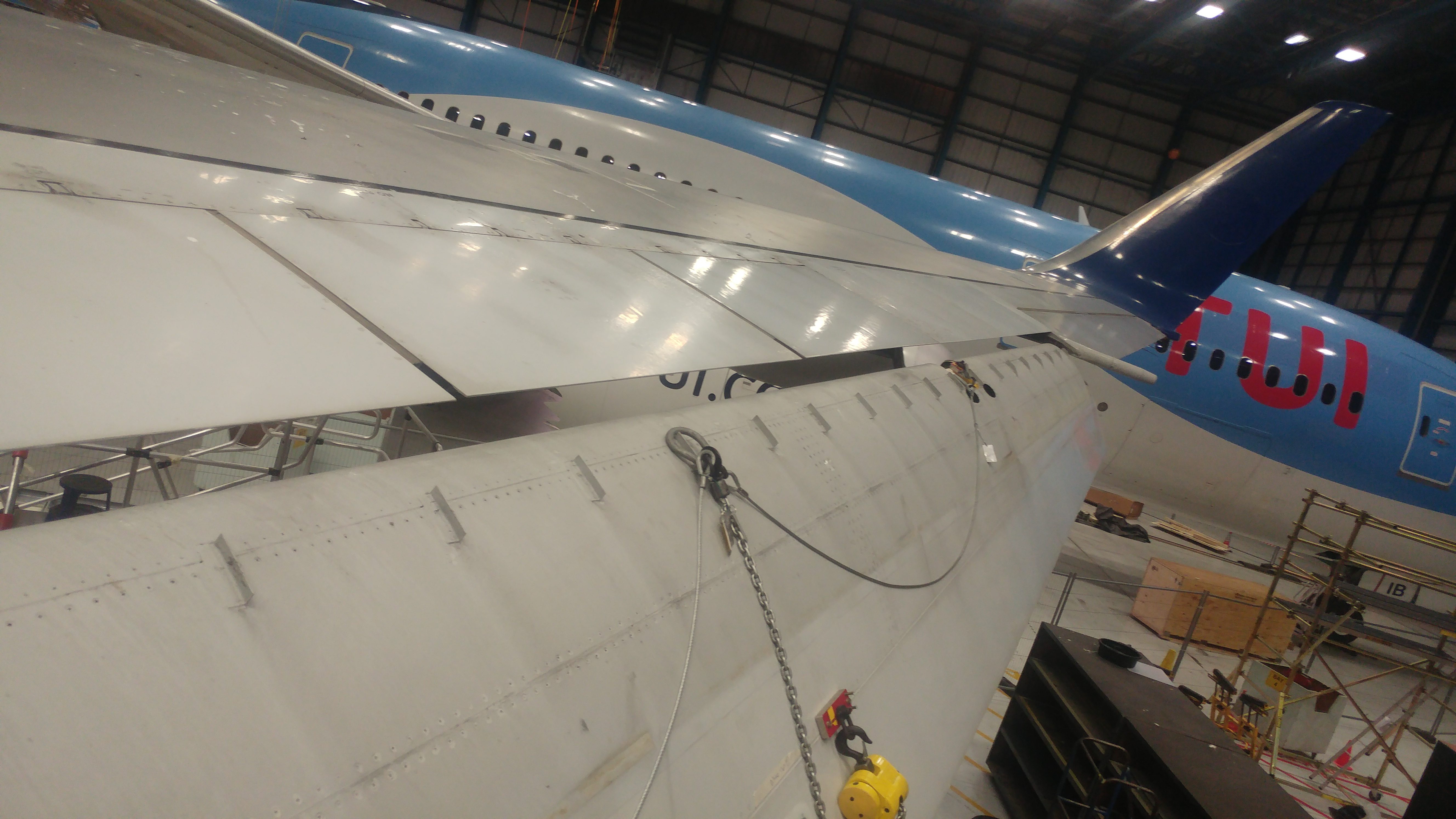During the asset Life-Cycle the lessor has a duty to carry out aircraft due diligence on a periodic basis at a frequency agreed in the Aircraft Lease Agreement, this due diligence is commonly referred to as the “Mid-Lease” or “Mid-Term” Inspections.
In advance of the mid-lease inspection if representing a lessor or owner then it is important to define the required scope of what data needs to be collected.
The requirements have changed significantly over the years and in particular the volume of Technical Records required has increased.
The checklist is broken down into several areas and we will consider these over a series of posts.
The Technical Specifications are used internally in the leasing company to assist with determining the aircraft value and will be analysed by the “deal teams” when marketing the asset for its next event, lease, or sale.
The lessor/owner technical teams are responsible for co-ordinating the mid-lease inspections and performing a quality check on the received data.
The data is then uploaded to the internally and used where for example the Maintenance Reserve Fund department will also frequently access the Technical Specifications information alongside monthly utilisation reports.
The different areas that you might consider typically can include and not be limited to:
- Operator Certificates/Documents
- Operator Approvals
- Airframe documents
- Aircraft Maintenance History
- Component Details
- Additional Data
- Engine Documentation
- Engine Documentation
- Auxiliary Power Unit
For example, when looking at the Operator Certificates and Documents you might consider:
- Air Operator Certificates including Ops Specs
- Certificate of Airworthiness
- Certificate of Registration
- Radio Station Licence
- Certificate of Insurance
- Noise Certificate
- Maintenance Programme Approval
Be sure to follow us and we will consider each of the different areas you will consider in a series of posts.
Why not follow us on for more or consider one of the courses we offer HERE
Follow us on LinkedIn
